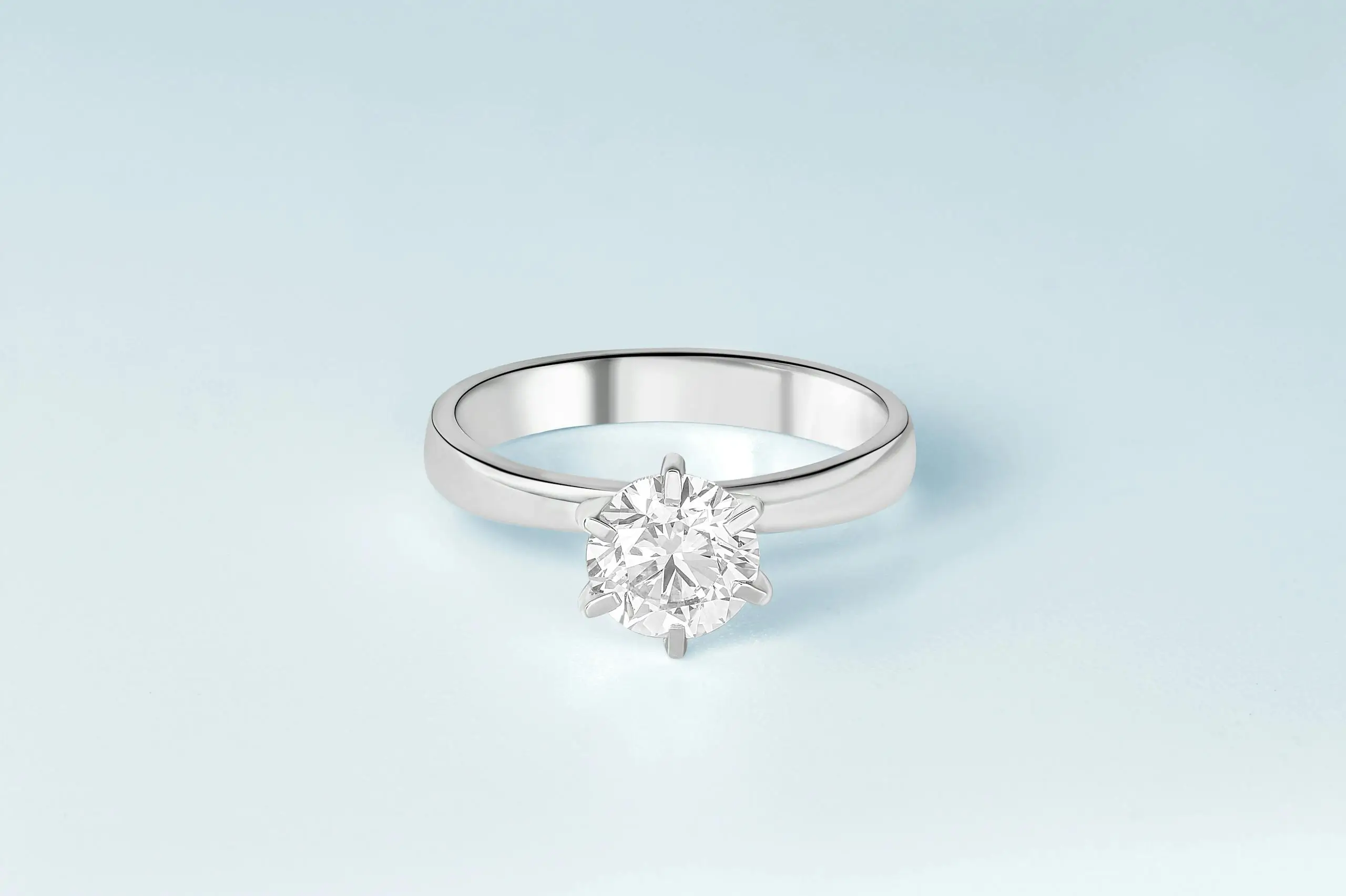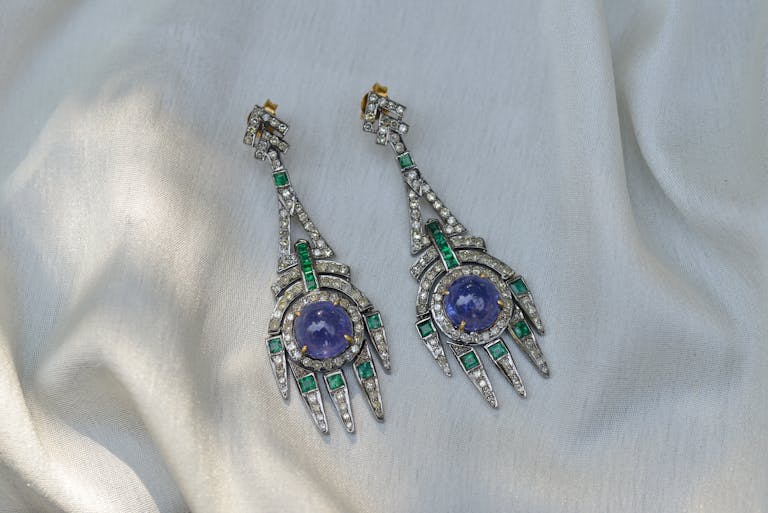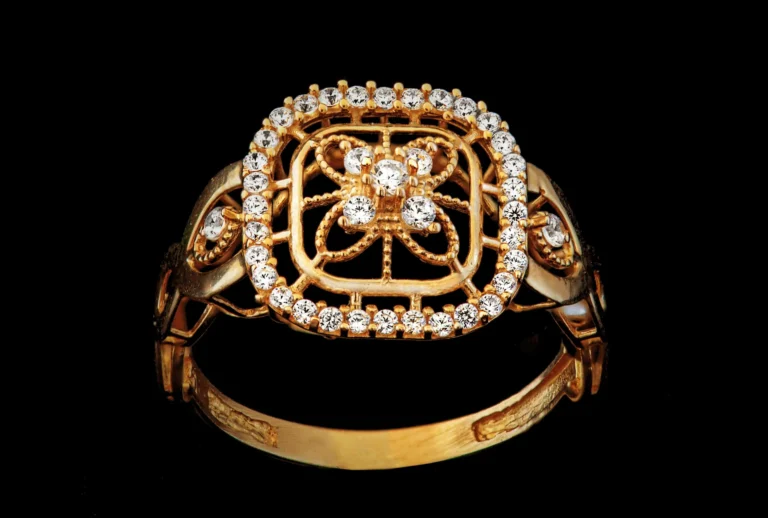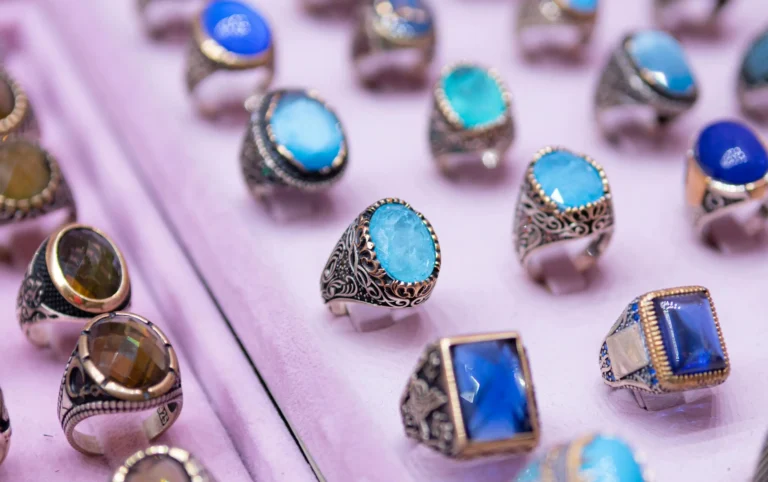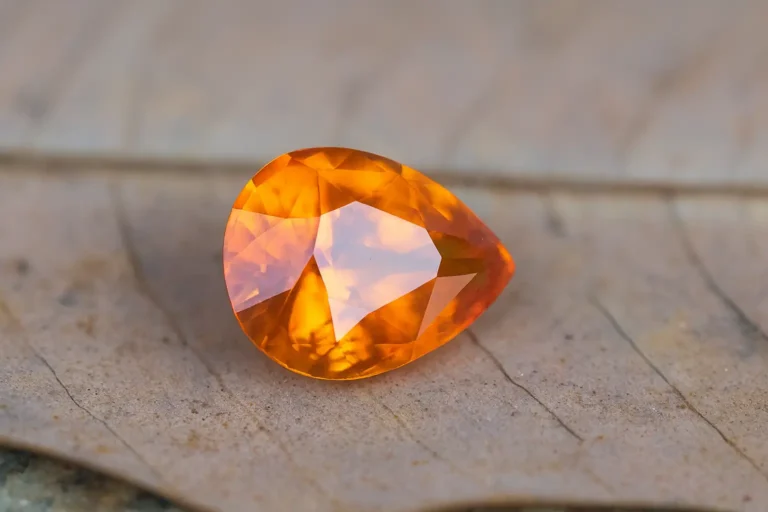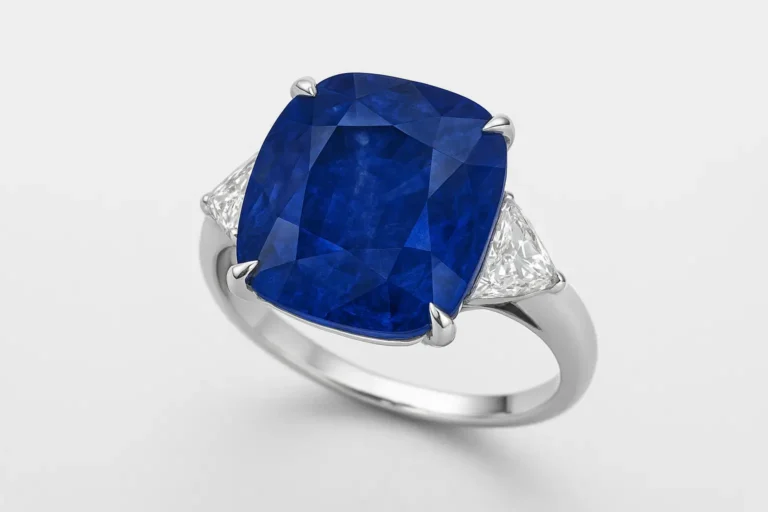How to Grade Gemstone Quality: Understanding the 4Cs and the Importance of Gemstone Cut Quality
Introduction – Beyond the Sparkle: What Defines a Gem’s True Quality
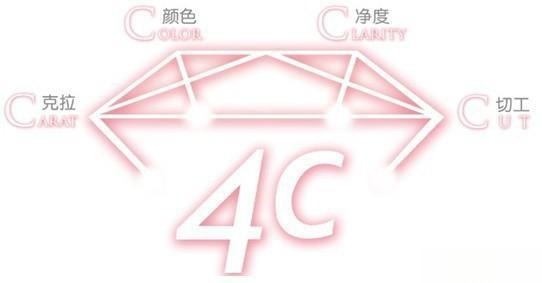
Understanding gemstone cut quality is essential when evaluating a gemstone’s grade. Experts often refer to the 4Cs — Color, Carat, Cut, and Clarity — to determine a gem’s overall beauty, brilliance, and value.
We consider color for its brightness and saturation, cut for symmetry and sparkle, carat weight for size, and clarity for internal purity. While many buyers are drawn to size alone, seasoned collectors know that a gemstone’s true beauty comes from the harmony of all four elements.
In this guide, you’ll learn how cut quality influences brilliance and color, why focusing only on carat can be misleading, and how to evaluate gemstones like a professional.
What Are the 4Cs in Gemstone Grading?
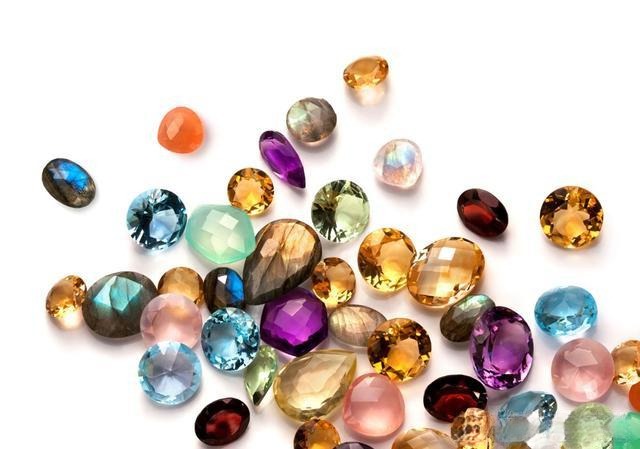
To truly understand a gemstone’s value, it’s essential to look at each of the 4Cs — Color, Clarity, Cut, and Carat — and how they work together to define beauty and quality.
Learn about diamond grading and true value in the Peonyjewels blog article:Are Brand-Name Diamonds Better? What Are the 4Cs? Is Bigger Always Better?
1. Color: The First Impression in Gemstone Value
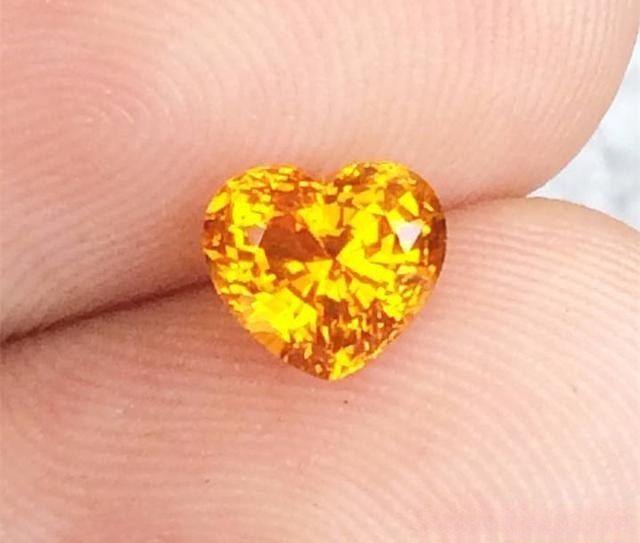
For me, color is what makes me take a second look at a gemstone. It doesn’t need to be the deepest shade — sometimes a lighter hue can still be stunning if other factors make up for it.
2. Clarity: Recognizing Eye-Clean Gemstones
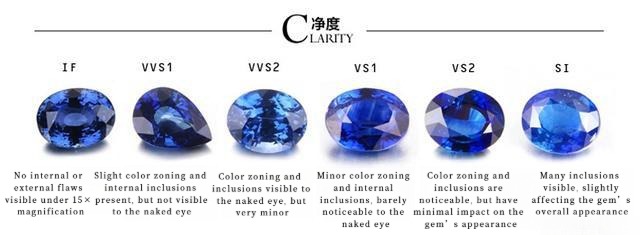
When it comes to clarity, I believe that as long as the gemstone looks “eye-clean” (no visible inclusions to the naked eye), that’s perfectly acceptable.
3. Cut: Why Gemstone Cut Quality Is the Heart of Beauty
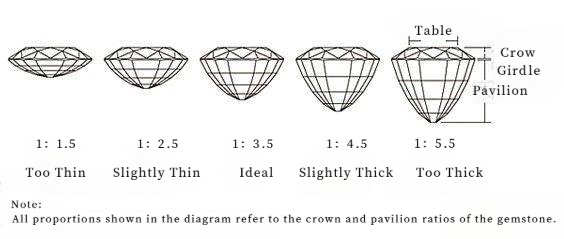
For me, cut quality is the most important factor. The stone should not be lopsided, overly thick, or too shallow. A well-proportioned cut that stays close to the standard cutting ratio is the hallmark of a fine gemstone.
Wait — What About Carat Weight?
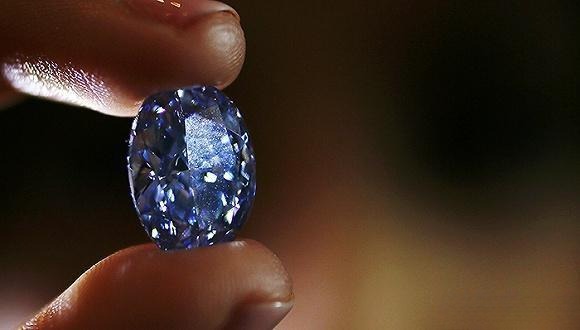
We’ve talked about color, clarity, and cut, but what about the parameter that seems the most obvious — carat weight?
Is carat really that important? Let’s dive in.
Carat Weight Without Cut Quality Is Meaningless
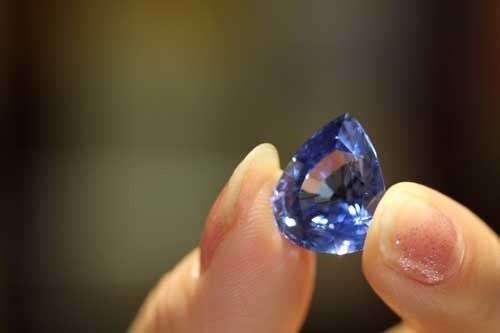
Whenever people shop for gemstones, they usually have a target carat weight in mind. Many say, “I want a 2–3 carat sapphire,” and will often buy based solely on size.
But gemstone pricing doesn’t increase linearly with weight — it increases exponentially.
For example (illustrative only):
- Garnet: 1ct ≈ $50, 2ct ≈ $80, 3ct ≈ $120
- Sapphire: 1ct ≈ $800–$1,200, while fine 2ct stones can easily reach $2,000–$3,000 per carat or more depending on color and origin.
Because gemstones are priced by weight, it’s crucial to understand what that number really represents.
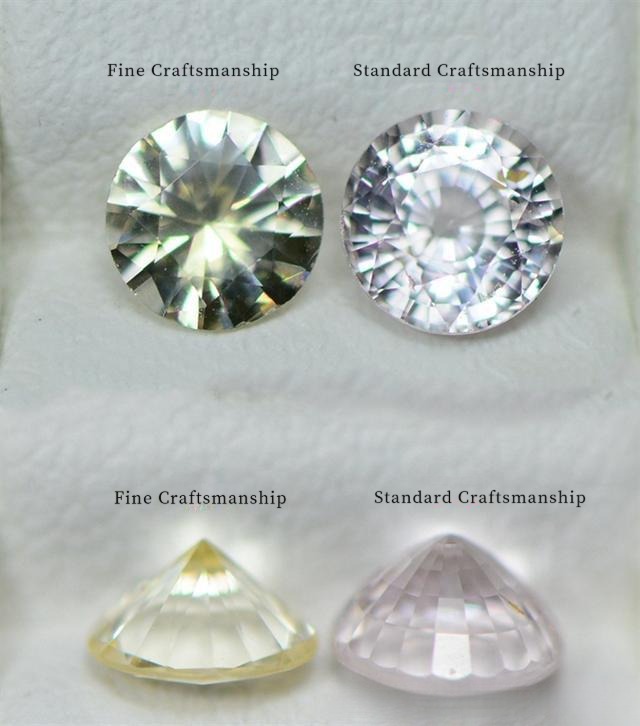
However, since materials are limited, cutters sometimes sacrifice cut quality to preserve carat weight, especially when a gem is close to a “magic number.” For instance, a sapphire that would ideally be 1.9ct after a perfect cut might instead be left slightly deeper or misshapen just to hit the 2.0ct mark.
Case Example: 3.02ct Unheated Sapphire
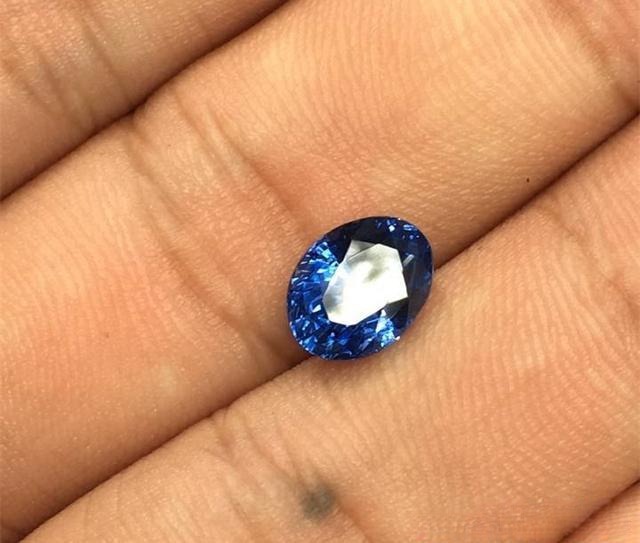
In the example above, the gem’s cutting is poor and the shape irregular. Because the price difference between a 2ct and 3ct unheated sapphire is dramatic, the cutter prioritized weight retention. The result? A heavier but less beautiful gem — ultimately worth less than a smaller, perfectly cut one.
Common Cutting Tricks That Affect Gemstone Cut Quality
When it comes to preserving a gemstone’s carat weight during cutting, there are three main techniques cutters commonly use. Let’s look at each one:
1. Deep Pavilion: Balancing Color and Brilliance
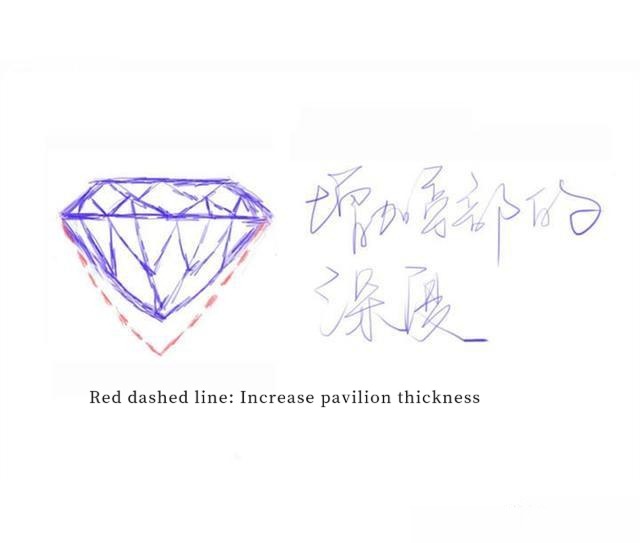
Sometimes, a deeper pavilion can slightly enhance color or brightness, but in most cases, it makes the gemstone look unbalanced, creates dark zones, and complicates setting.
2. Thick Girdle: Pros and Cons for Gemstone Value
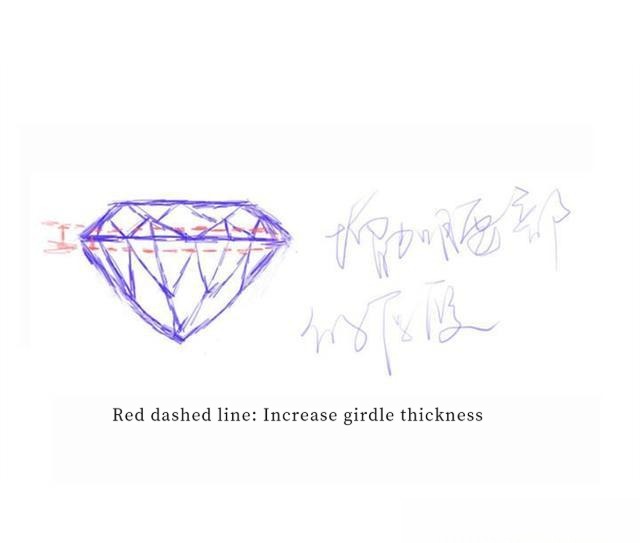
The girdle should be neither too thin nor too thick.
A thin girdle increases breakage risk during setting, while an overly thick girdle causes unwanted shadowing around the waist.
For example, if the ideal girdle thickness is 2mm but it’s cut to 4mm, the overall volume — and thus the weight — increases artificially.
3. Expanded Girdle Diameter: Weight Retention vs. Cut Quality
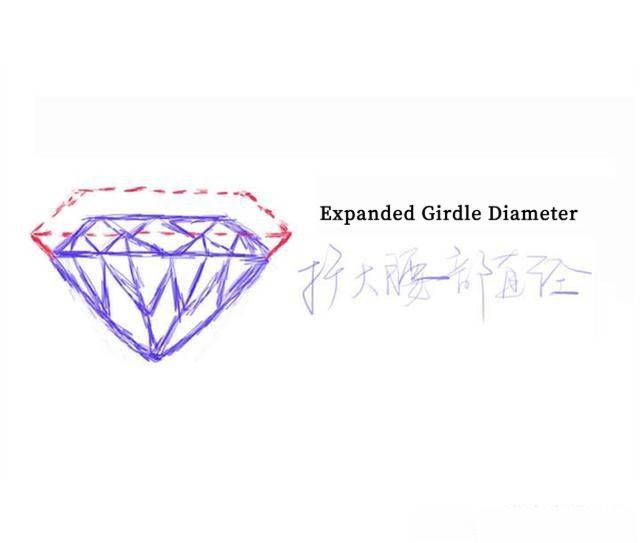
Some cutters even make the stone slightly asymmetrical or enlarge its outline to “hit the number.” While it boosts carat weight, the result often looks awkward or uneven.
Of course, a poorly cut gemstone can be recut later, but that means losing weight and money in the process.
How Gemstone Cut Quality Influences Brilliance and Fire
1. Fire and Sparkle: The Role of Proportions in Cut Quality
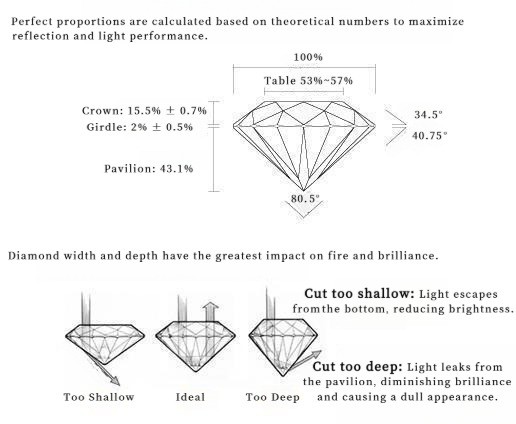
Taking diamonds as an example: their fire depends on the precision of proportions — including roundness, depth, and width. Even if two diamonds have identical carat weight and facets, differences in cutting angles can lead to dramatic variations in brilliance. Too deep or too shallow, and the diamond leaks light and loses its sparkle.
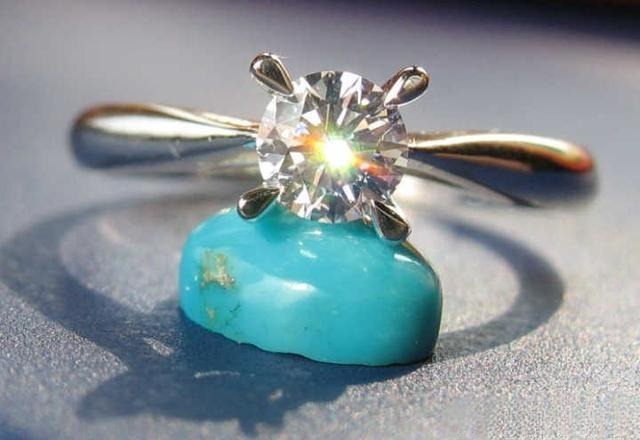
2.Windowing: How Poor Cutting Can Affect Gemstone Color
In transparent colored gemstones, poor cutting can create a “window” effect — areas that appear pale or washed out because light passes straight through instead of reflecting.
While a slightly shallow cut can make the face-up size look larger, excessive thinning leads to severe windowing, making the stone resemble glass rather than a gem.
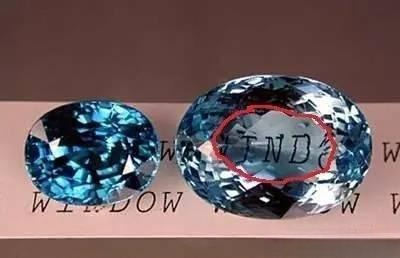
Gemology Tip:
“Windowing” refers to a transparent gemstone showing a light or colorless area in the center due to improper cutting. In gemological terms, it’s a result of incorrect pavilion angles that fail to reflect light internally.
The Peonyjewels blog article :What Is Windowing in Gemstones and How Can You Avoid It? provides a detailed explanation of the causes and effects of windowing in gemstones, as well as how to prevent it.
Final Thoughts – A Gem’s True Value Lies in Balance
As Peonyjewels always says:
In the world of gemstones, the 4Cs are deeply interconnected.
A poor cut can cause light leakage, dark centers, or uneven color — making even the best rough appear dull.
When purchasing fine gemstones, don’t focus solely on carat weight. Instead, evaluate all four factors — color, clarity, cut, and carat — to determine a fair and realistic value.
After all, a heavy gem isn’t always a beautiful one.
Recommended Reading
- Ultimate Ruby Buying Guide – Color, Carat, Clarity & Treatments Explained
- Buyer’s Guide|Real or Synthetic Sapphire? How to Spot the Difference Without a Microscope
- Gemstone Jewelry Buying Tips – Hidden Tricks Jewelers Don’t Want You to Know
Discover More from Peonyjewels
At Peonyjewels, we believe beauty comes from craftsmanship, balance, and soul — the same philosophy we apply to our handmade vintage earrings and gemstone jewelry.
Explore our collection and experience the artistry behind every detail — where every piece tells its own story, just like every gem.

